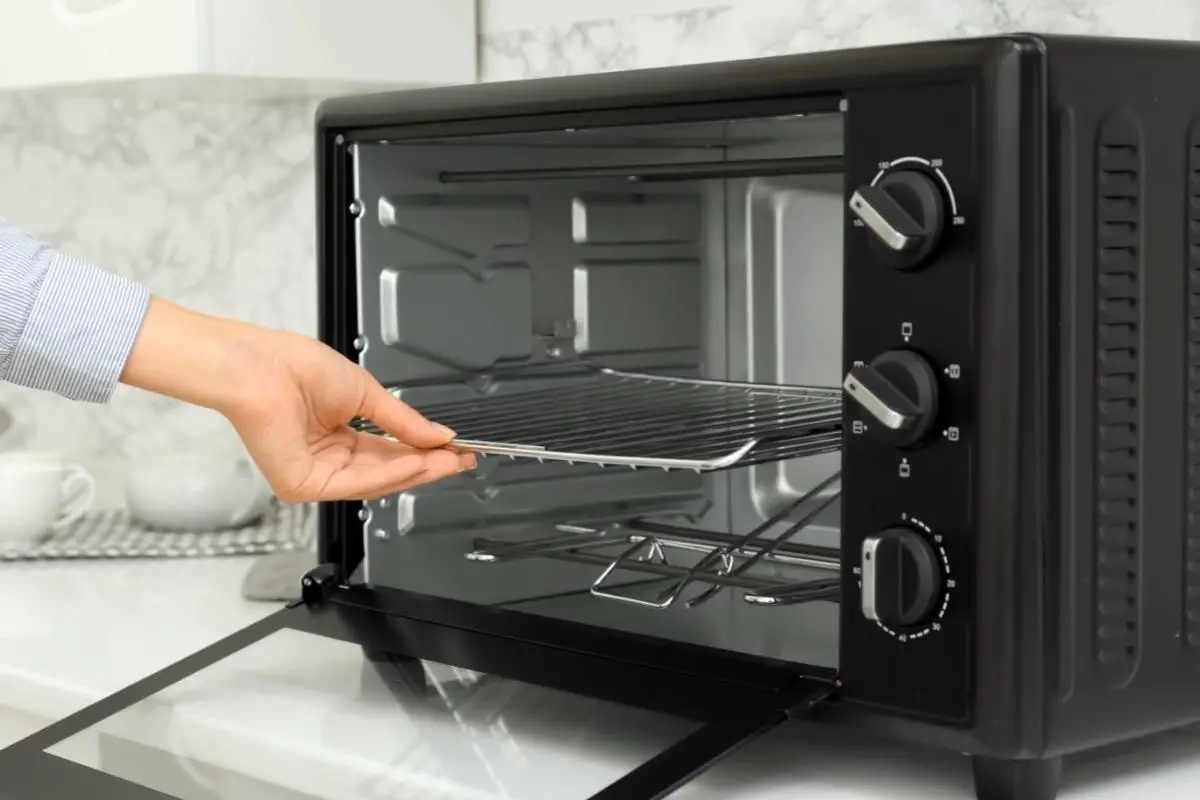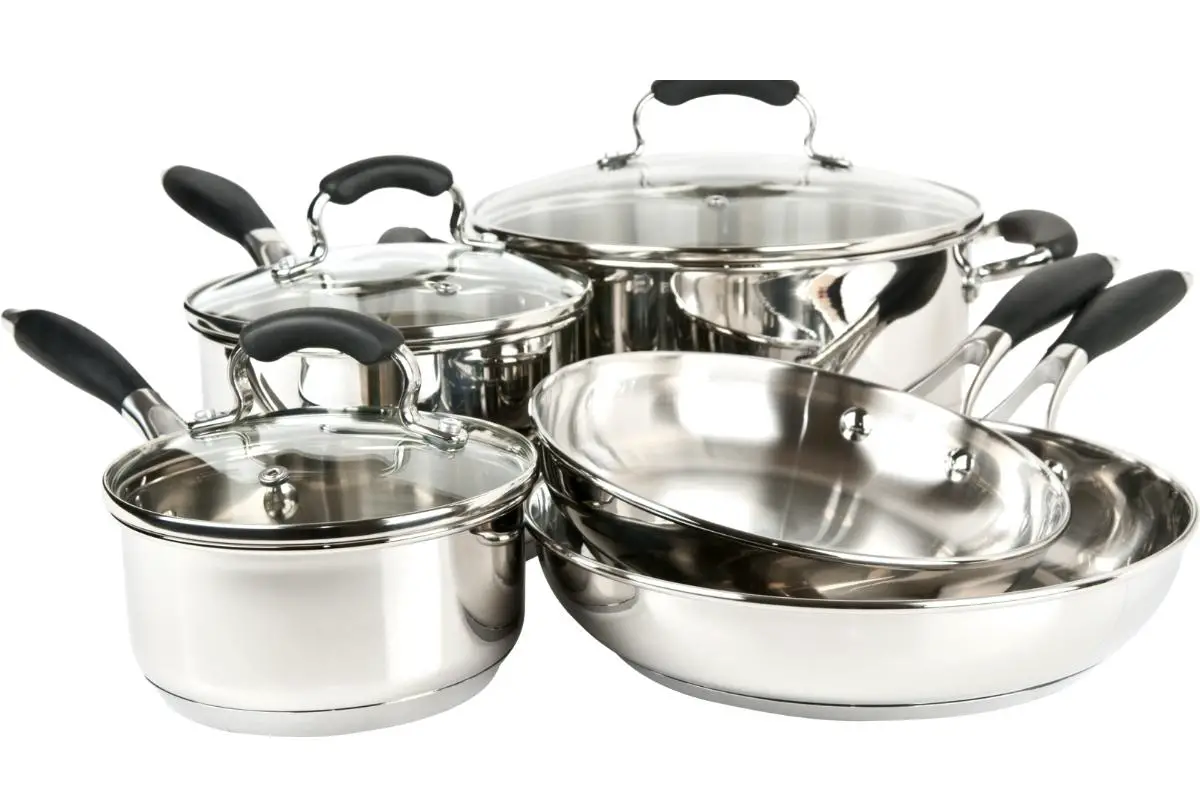In our world of multi-purpose appliances, you may feel a little frustrated if you had to buy a juicer and a meat grinder separately. Well, there isn’t that much of a difference between the two, is there? In this article, we’re going to be analyzing how well you might be able to use a meat grinder as a juicer and how to make that work best for you.
How to use a meat grinder as a juicer?
To get right into it, yes – you can use a meat grinder as a juicer, provided the grinder has an attachment that allows you to press and juice fruit in it. A lot of grinders do, thankfully, which means that your grinder may have even come with the juicer in the box alongside it.
Consider this – a grinder is essentially just a big, rotating motor. When that rotating motion is directed in a different way, it functions as a juicer just as well as you could hope. Even if your grinder doesn’t come with the correct implement, it can work with a store-bought one.
To get started, attach the juicing accessories to your grinder, and place the prepared fruits into the tray of the grinder. Make sure there’s a bowl under the output of the grinder, and ideally that there’s some form of a lid on top, too.
Switch the grinder on to a medium setting at first so that you can adjust up or down depending upon the way that the grinder reacts to the fruit that you’ve added to it.
After a short while, you will have pulpy juice! You may need to direct the pieces of fruit to the correct location within the grinder with an implement, so be sure to be careful.
If the juice is too pulpy for your liking, it may be worth sieving it to remove some of that pulp.
Clean the grinder thoroughly to remove any juice and pulp from the machinery, and then store it in a safe place. Congratulations – you just used your grinder to juice some fruit!
How to maintain a meat grinder when it’s used as a juicer?
Meat grinders are, obviously, supposed to grind meat. This means that they’re a little unprepared for processing fruit. We’ve got a few tips for keeping your meat grinder happy and in good repair when you’re using it as a juicer.
Start by immediately dismantling the juicer accessories after use. Then, clean them straight away, either within the dishwasher or by hand. If they are dishwasher safe, don’t leave them in there for too long: that’s how rust can develop.
If you have the opportunity and ability to dismantle the juicer accessories as much as possible, make sure to do that – there could be some pieces of pulp trapped within the juicing attachments, which would lead to the next juicing being majorly food unsafe.
Also, we would advise against using an accessory or attachment for your grinder that you’re not already confident will work. This may sound strange, but if you attach a third-party accessory, you could break it, and/or the grinder itself, leading to a dangerous piece of machinery in your home.
Do not use a knife or a sharp implement to remove any stuck pieces of fruit – the knife could break, launching shards of metal through your kitchen.
If your grinder becomes overheated, don’t attempt to cool it with ice or a similar solution actively. Instead, pause and step away for a while – running a grinder that’s overworking itself will massively reduce the lifetime of the grinder itself.
This final piece of advice is a small one, but still important. If you’re unsure of the durability of your juicer attachment, use cooler water and mild dish soap to clean it, rather than a hot dishwasher. This will be more gentle, resulting in a longer lifetime for the accessory itself.
What fruit cannot be juiced?
There are a number of fruits that simply cannot be juiced, even with the power of a meat grinder doing the hard work of juicing. We’re going to run through some of these fruits here:
- Banana
- Bananas are exceptionally rich in potassium and, therefore, healthy. However, they don’t have any water in them. This means that you cannot really extract juice from them, which is a shame.
- Avocado
- Avocado and banana fit into the same camp here – tremendously healthy for you, though their water content is far too low for them to be juiced in a meaningful way. It would likely be better to blend avocado or banana, creating a paste that you could thin to a juice with milk or another liquid.
- Rhubarb
- Rhubarb has a sharp, potent flavor, which makes the idea of rhubarb juice sound super tasty! However, unlike similar celery, rhubarb has exceptionally low water content. This means that it’s far too fibrous for even the motor of a meat grinder to get juice from.
- Figs
- Figs are the final item on this short list – they’ve shot to popularity in recent years, becoming a favorite among bakers and cooks. However, they’re utterly impossible to juice. If you want to add them to your fruit-drinking routine, we would suggest the use of a blender, as with banana and avocado.
The conclusion: can you use a meat grinder as a juicer?
Yes, you most certainly can use a meat grinder as a juicer. The best way to do this is to make use of a juicer attachment for your meat grinder, ideally one that is made by the same company that produces your grinder. To this attachment, add your fruit, and slowly step the grinder up to speed from a standstill, rather than going hell-for-leather too quickly and getting fruit juice on the ceiling.
Before long, you’ll have a thick juice that can be delicious and wonderfully refreshing. If you’d like it a little thinner, consider running the juice through a sieve to remove some of the pulp.
- What goes good with fried shrimp for dinner? - November 17, 2022
- Best Heat Diffusers for a Gas Stove - November 16, 2022
- Can you boil potatoes too long for mashed potatoes? - November 15, 2022









